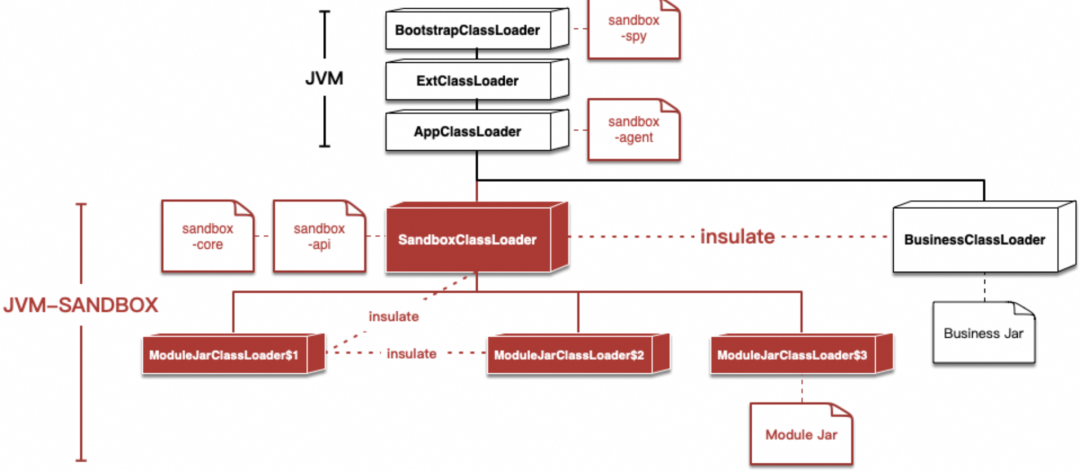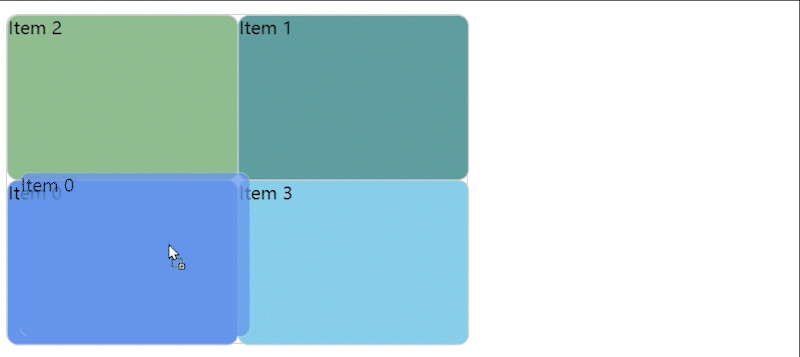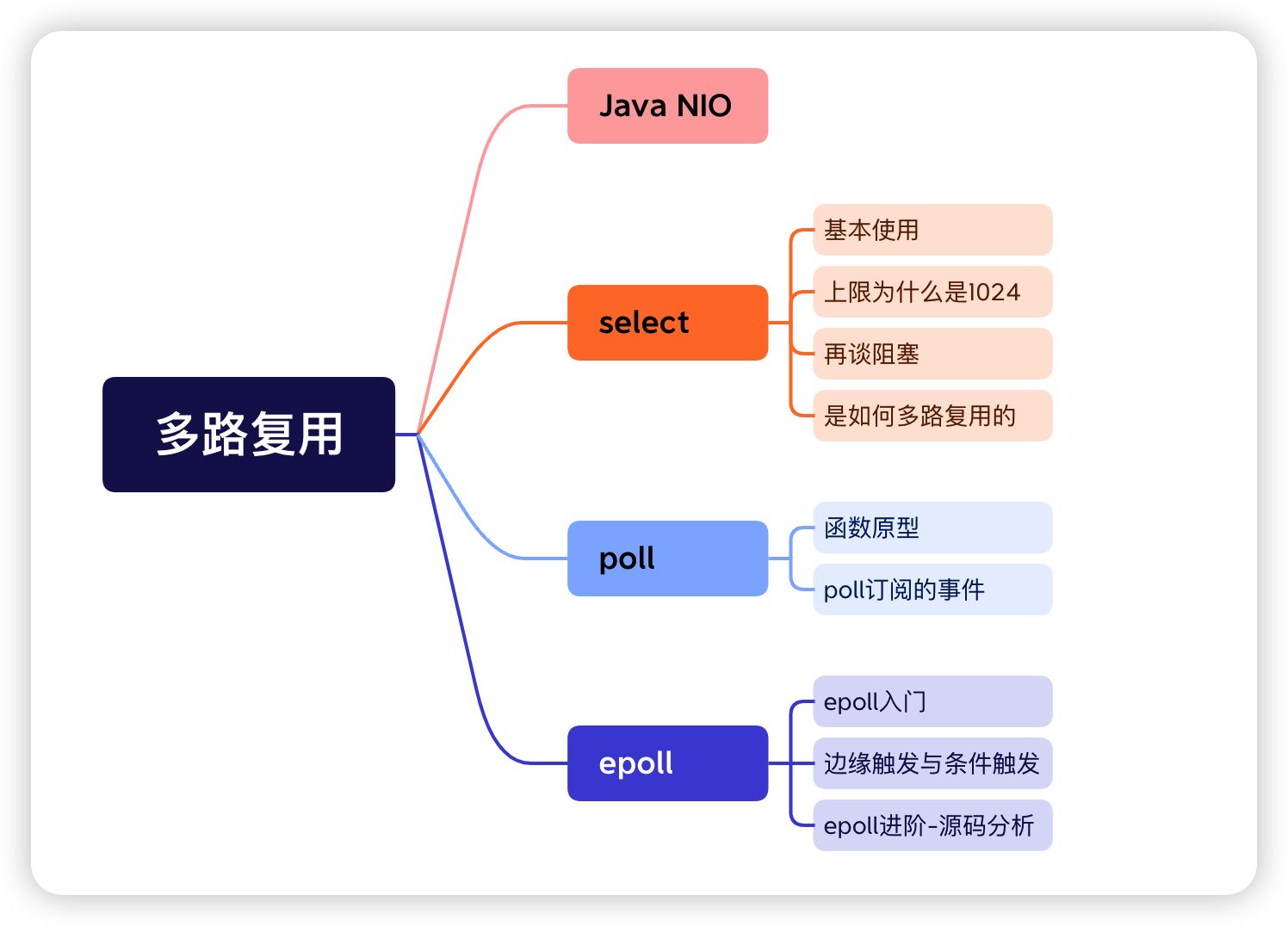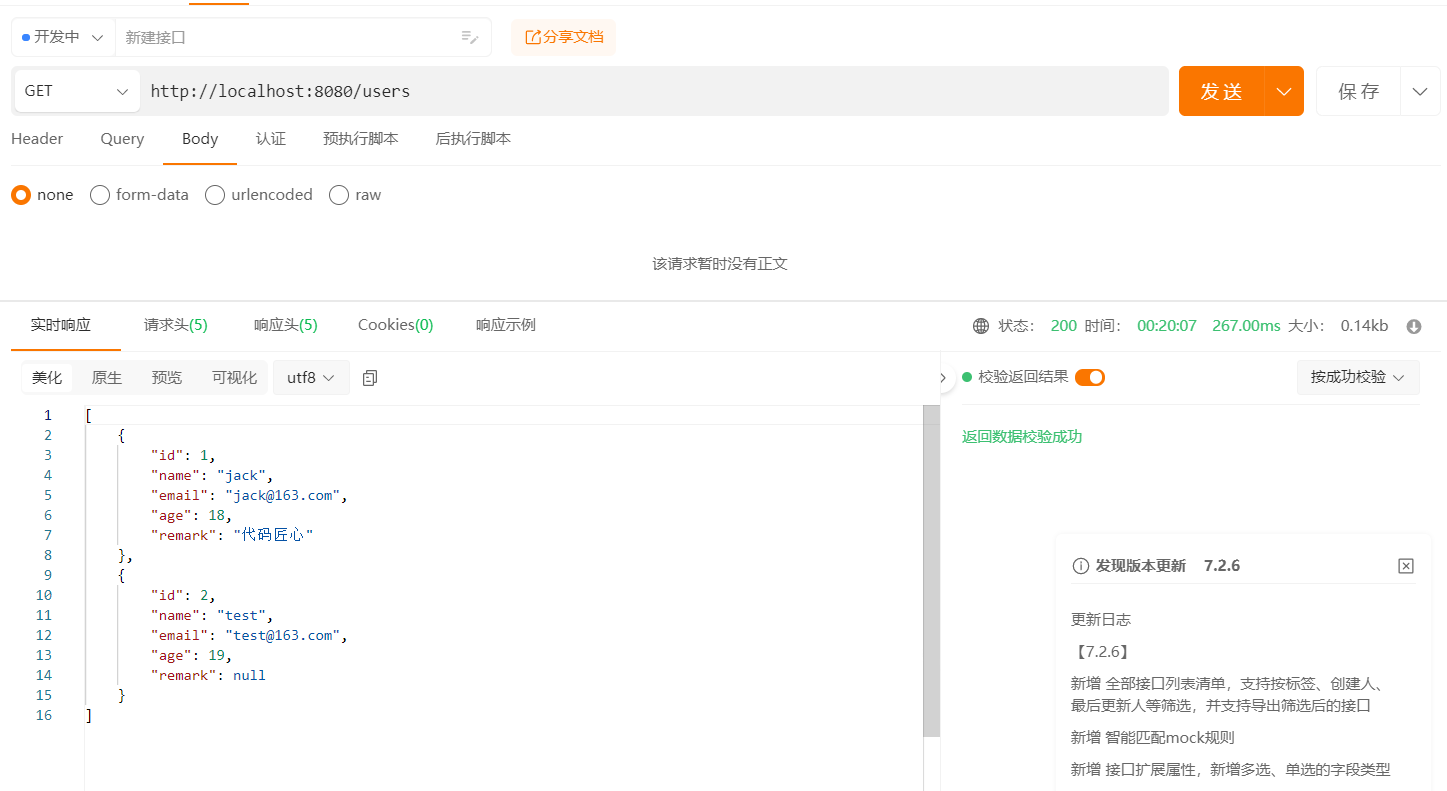Shell脚本之while read line的用法
while read line do … done < file
read通过输入重定向,把file的第一行所有的内容赋值给变量line,循环体内的命令一般包含对变量line的处理;然后循环处理file的第二行、第三行。。。一直到file的最后一行。还记得while根据其后的命令退出状态来判断是否执行循环体吗?是的,read命令也有退出状态,当它从文件file中读到内容时,退出状态为0,循环继续惊醒;当read从文件中读完最后一行后,下次便没有内容可读了,此时read的退出状态为非0,所以循环才会退出。
案例:
[root@centos7 scripts]# cat /root/scripts/info 192.168.37.131 root 123456 192.168.37.132 root 123456 [root@centos7 scripts]# vim 6.sh #!/bin/bash file=/root/scripts/info while read line;do user=$(echo $line | cut -d " " -f 2) ip=$(echo $line |cut -d " " -f 1) passwd=$(echo $line|cut -d " " -f 3) # cmd=$* echo "-- $user -- $ip -- $passwd" done < $file [root@centos7 scripts]# sh 6.sh -- root -- 192.168.37.131 -- 123456 -- root -- 192.168.37.132 -- 123456
另一种也很常见的用法:
command | while read line do … done
如果你还记得管道的用法,这个结构应该不难理解吧。command命令的输出作为read循环的输入,这种结构长用于处理超过一行的输出,当然awk也很擅长做这种事
案例:
[root@centos7 scripts]# cat /root/scripts/info 192.168.37.131 root 123456 192.168.37.132 root 123456 [root@centos7 scripts]# vim 5.sh #!/bin/bash file=/root/scripts/info cat $file|while read line;do user=$(echo $line | cut -d " " -f 2) ip=$(echo $line |cut -d " " -f 1) passwd=$(echo $line|cut -d " " -f 3) # cmd=$* echo "-- $user -- $ip -- $passwd" done [root@centos7 scripts]# sh 5.sh -- root -- 192.168.37.131 -- 123456 -- root -- 192.168.37.132 -- 123456

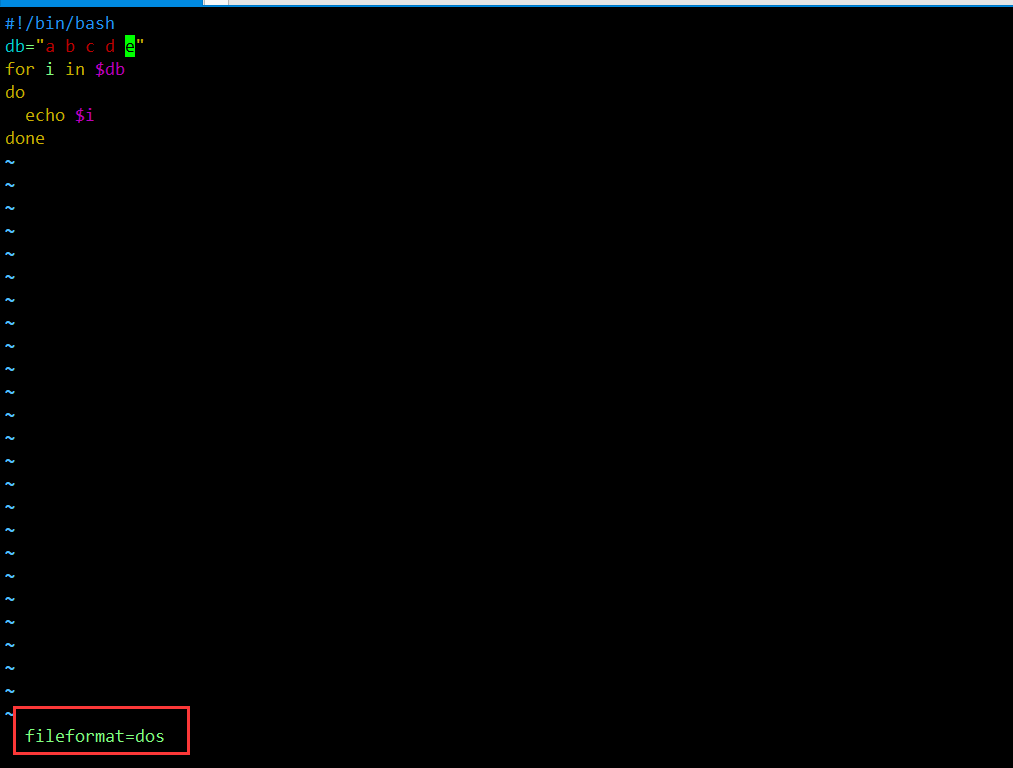

.png)



